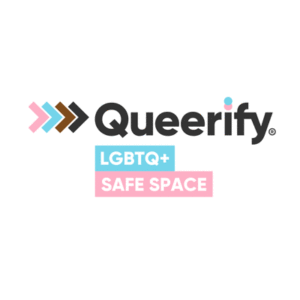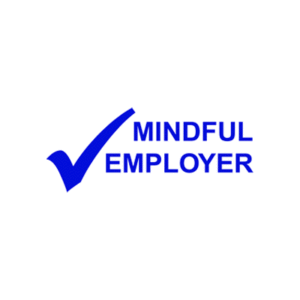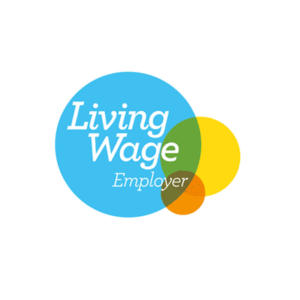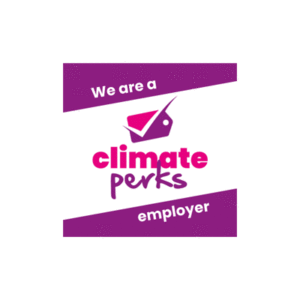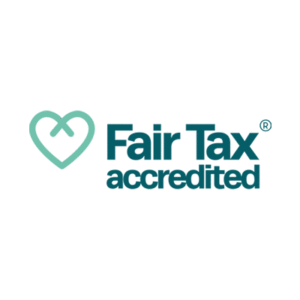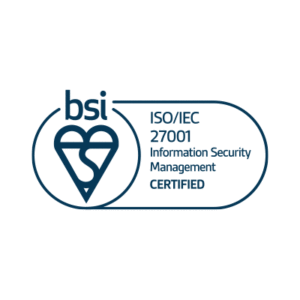Many large technology companies offer their CRM software for free or at a much reduced rate for registered non-profits. In the UK you’ll need to go through Charity Digital – Home (or start at Techsoup if you’re elsewhere). Charities can make big savings like this, and it’s great for standard office software.
But I learned many years ago that the thing to consider is just because something’s offered for free, doesn’t mean it’s good. At the youth club I worked at we were offered some second-hand arcade game machines. We thought these would be great for the young people, and said “yes, thanks very much”. They got dropped off… the machines didn’t work properly… and we were stuck with a bunch of these incredibly big and heavy machines. We still regularly see and hear similar stories on social media about not-very-helpful freebies that turn out to be more of a burden than a help.
So how can you judge whether an offer of free or very cheap software is actually going to work for you?
Do You Need It?
Most charities do need word processing software. Most charities do not need Computer Aided Design software. In-between there’s plenty of products that maybe of use… so should you take them, if they are there for free?
The trouble is that something that’s free or very cheap in money, isn’t necessarily so in time. If you are being offered a free tool, but its way more complicated than you need, it’s going to take you a lot of time to set up for functionality you won’t actually use. So, although it sounds obvious, take a pause and ask whether you actually need it, or is it just a shiny time waster?
Does Their Story Match Yours?
All software has a story behind it. This might be the back story of individuals that started it. It might be a formalised set of ‘User Stories’ that describe the software end-users, and their goals. But either way, it has a story, and the question is: is it your story?
For example, Microsoft Word is perfectly good for many writers. If you’re a screenwriter however you may use some specialised software designed for the peculiarities of writing scripts. The stories match better than Microsoft’s for those specific needs.
The farther away your story from theirs, the more likely you’ll find frustration. It won’t quite work the way you do. Or the terms it uses won’t relate to yours. We see this a lot in charities who use CRM systems that are designed by businesses for businesses – they are not designed for charities and so it’s like fitting a round peg into a square hole.
But how do you know if its a good fit? Well usually, they’ll tell you: here are a couple of random examples. SAP software says on their home page that it’s for Enterprise Resource Planning. If you think of your non-profit as an enterprise with lots of complex resources that need planning – maybe it can work for you. For SalesForce the clue is in the name: if you do sales, and have lots of people doing so, it’s probably a good match. And so on.
Is it the right size?
Even if the stories match, there’s also the question of size. A local foodbank or pantry won’t need free software used by Tesco to manage their stocks, for example. Although it does the right thing, the scale is all wrong.
If you are a community group with a group of volunteers and a couple of staff, you’ll have completely different requirements to, say, Oxfam.
Is it Safe?
Most of the time, yes.
Things are trickier in the US. Since the overturning of Roe vs Wade and the criminalisation of abortion in some states, digital evidence is being used to prosecute women and those assisting or supporting them. Warrants and accompanying NDAs were issued to Meta to gather evidence in the case.
Many US non-profits are now having to think about the data they store, and where it’s stored. They fear for their own safety, and that of the people they work with. Since the 2024 election it seems likely that things will get worse there, especially since some of the biggest tech companies have prominently advertised their alignment with the new administration.
Do your values need to align?
Do the values of your suppliers need to align with those of your own organisation? Broadly speaking I’d suggest that they do. Certainly, non-profits working with organisations that have opposed values (like profits!) is highly likely to damage their cause. Imagine the damage if Greenpeace decided to start investing pension funds with oil companies.
In a similar vein, many charities have been reviewing their use of social media, with many exiting X because they no longer wish to be associated with it; their values and those of X have diverged too far.
If you are going to be working closely with a supplier, or for an extended period, then the arguments for values alignment get stronger. They are more likely to understand you and your work, to value it, and to want to support it: the space for effective collaboration is larger. A transactional buyer-seller relationship is less likely to result in good outcomes.
Big tech companies offer tremendous support to charities and non-profits and you should definitely make sure you’re taking advantage of these programmes for your ‘utility’ software – operating systems, office suite and so on.
But beyond that, especially for CRM software, it’s important to weigh up these factors. Even if the box price is reduced, the wrong solutions could at best waste a lot of your time; at worst pose very real risks to you and your service users. Ask these questions before you end up with the software equivalent of a roomful of good-for-nothing arcade machines.
Photo by Framestock







